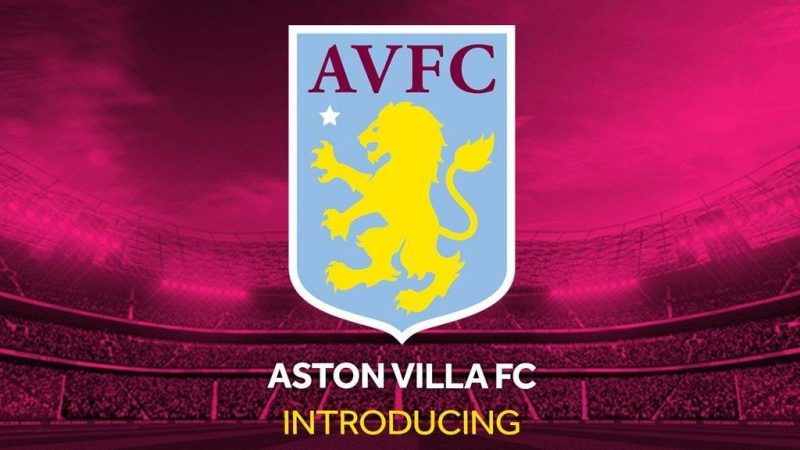The Dallas Stadium is not just an architectural marvel; it’s a cultural icon that symbolizes the heart of Texas sports and entertainment. Located in Arlington, Texas, this stadium has become synonymous with exhilarating sporting events, live concerts, and unforgettable experiences. Whether you’re a die-hard football fan or someone who simply enjoys the excitement of large-scale events, the Dallas Stadium offers something for everyone. In this blog post, we’ll delve into various facets of the stadium, exploring its history, design, significance, and future prospects.
The Architectural Marvel of Dallas Stadium
The design and construction of the Dallas Stadium represent a blend of innovation, art, and functionality. It stands as a testament to the vision of modern architecture while serving its purpose as a multi-use venue that accommodates a range of events game SUN WIN.
Vision and Design Concept
When one considers the Dallas Stadium, it is essential to acknowledge the visionary architects and designers who brought it to life. The stadium was designed by the renowned architectural firm HKS, known for pushing the boundaries of contemporary architecture.
The initial vision was to create a space that would be more than just a place to watch games; it was meant to be an experience. The innovative use of materials like glass, steel, and advanced construction techniques gave birth to a structure that can hold more than 80,000 spectators. The retractable roof allows for year-round usability, ensuring that events can take place regardless of weather conditions.
Moreover, the design incorporates cutting-edge technology, including one of the largest video screens globally, which enhances the viewer’s experience during live events. This focus on aesthetics and functionality makes the Dallas Stadium an iconic landmark in Arlington and beyond.
Construction Challenges and Triumphs
Building the Dallas Stadium was no small feat. The project required meticulous planning, coordination, and overcoming substantial logistical challenges.
The site itself posed difficulties, particularly concerning soil conditions and environmental factors. Engineers had to devise solutions to ensure that the foundation could support the weight of the massive structure. Furthermore, the timeline for completion was ambitious.
Despite these hurdles, the collaboration between architects, engineers, and contractors proved fruitful. The successful completion of the Dallas Stadium in 2009 marked a significant achievement in urban development, showcasing what can be accomplished through teamwork and innovation.
Sustainability Features
In today’s world, sustainability is a key consideration in any major construction project. The Dallas Stadium incorporates several sustainable features aimed at reducing its carbon footprint and promoting environmental responsibility.
From energy-efficient lighting systems to water conservation measures, every aspect of the stadium’s design reflects a commitment to sustainability. For instance, the incorporation of natural light reduces the reliance on artificial lighting during daytime events.

